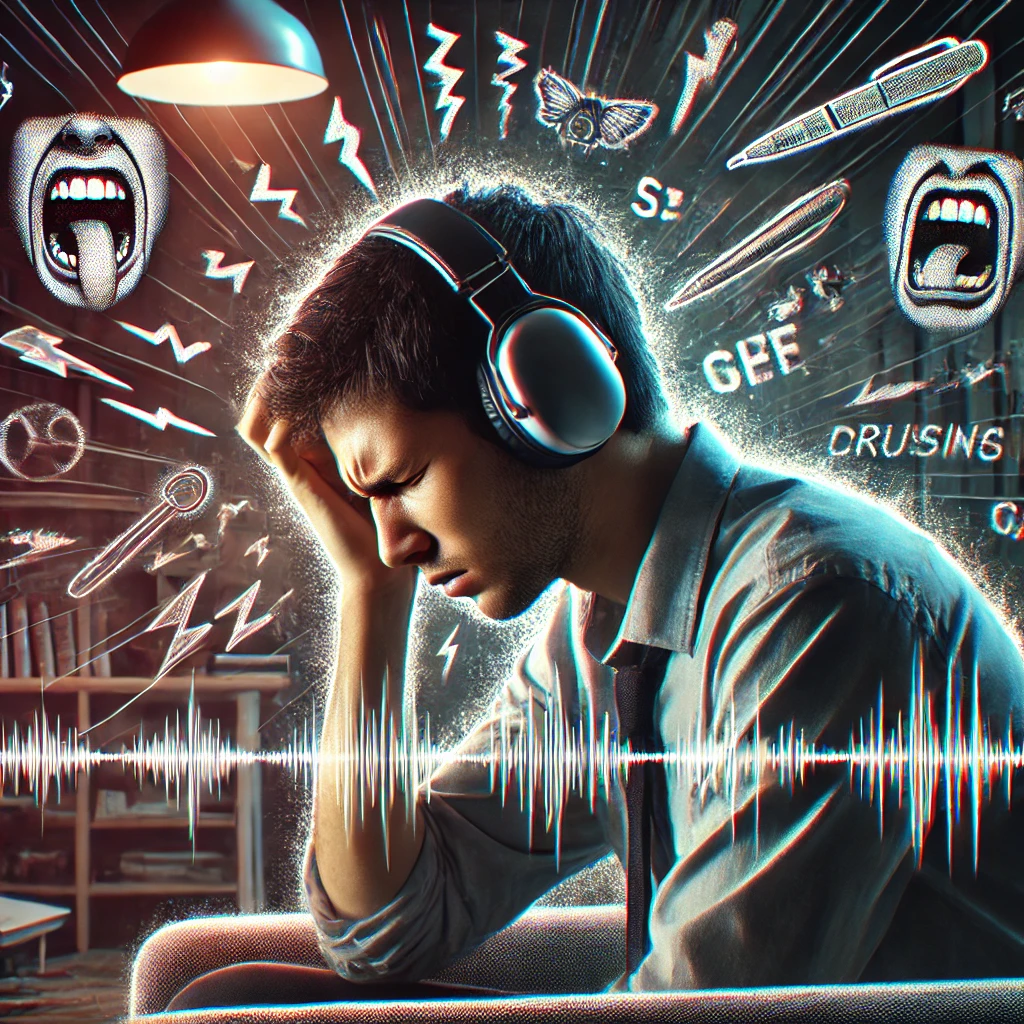Website designed with the B12 website builder. Create your own website today.
Start for free
Understanding Misophonia
Misophonia, literally meaning “hatred of sound,” is a condition where specific sounds trigger intense emotional reactions such as anger, anxiety, or disgust. Common triggers include noises like chewing, breathing, or repetitive tapping—sounds that most people might overlook but can be profoundly distressing for those with misophonia.
Personal Experiences
Many individuals with misophonia have shared their struggles:
* Melissa Gilbert, known for her role in “Little House on the Prairie,” has opened up about her experiences, stating that misophonia made her feel “other,” leading to feelings of fear, isolation, and anger. When Melissa Gilbert said misophonia made her feel “other,” she meant that it caused her to feel different or separate from everyone else—like she didn’t belong or couldn’t relate to the people around her.
* Laura Wallace discovered her condition through online platforms like TikTok and Instagram, finding validation and community support.
Potential Causes
The exact cause of misophonia remains under investigation, but several theories have been proposed:
• Neurological Factors: Some researchers suggest that misophonia arises from increased connectivity between the auditory and limbic (emotion-related) systems in the brain, leading to heightened emotional responses to specific sounds.
• Conditioned Responses: Negative experiences associated with certain sounds during formative years could lead to conditioned emotional reactions later in life.
• Genetic Predisposition: There may be a hereditary component, as misophonia often appears to run in families.
Management Strategies
While there is no definitive cure for misophonia, several approaches can help manage and alleviate symptoms:
• Sound Therapy: Using background noise, such as white noise machines or calming music, can help mask trigger sounds and reduce their impact.
• Cognitive Behavioral Therapy (CBT): CBT can assist individuals in reframing negative thought patterns associated with trigger sounds, thereby diminishing emotional reactions.
• Mindfulness and Relaxation Techniques: Practices like meditation, deep breathing, and progressive muscle relaxation can help manage stress and improve emotional regulation.
• Environmental Modifications: Whenever possible, adjusting the environment to minimize exposure to trigger sounds—such as choosing quiet seating areas in restaurants—can be beneficial.
Building Support Systems
Educating friends, family, and colleagues about misophonia is crucial in fostering understanding and support. Open communication can lead to simple adjustments, like avoiding certain noises in shared spaces, which can significantly improve the quality of life for those affected.
Conclusion
Misophonia is a real and challenging condition that transforms everyday sounds into sources of distress. By increasing awareness and implementing coping strategies, individuals with misophonia can navigate their environments more comfortably and improve their overall well-being.